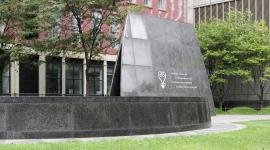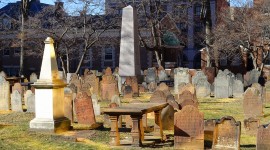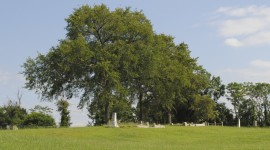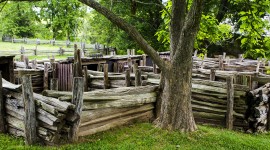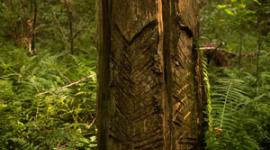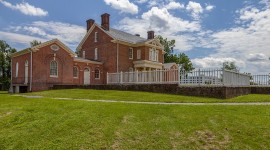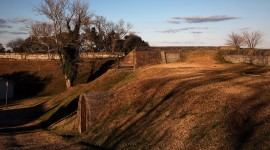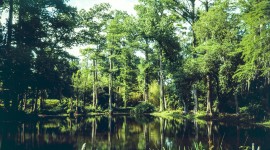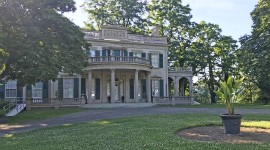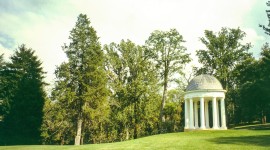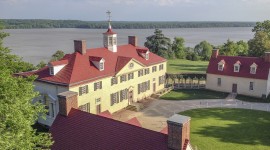Enslavement
From the seventeenth to nineteenth centuries hundreds of thousands of Africans were forcibly transported first to North American colonies and then the United States. Their descendants were held in bondage through the American Civil War (the 1860 U.S. Census counted approximately four million enslaved people). Enslaved individuals were treated as chattel (portable personal property) that could be inherited, sold, or transferred. They were forced to perform labor or services under threat of physical or emotional mistreatment, separation from family, or death. While chattel slavery was the key economic structure in the development of American agriculture, its impact broadly permeates American history.
In 2022, the NPS recognized the need for a specific theme study devoted to this institution of forced labor and bondage that lasted more than 250 years. The need for understanding this historic context is foundational to its stewardship.
Although TCLF’s expansive What’s Out There database includes more than 50 landscapes created largely by the enslaved, including, Middleton Place, Charleston, S.C.; Monticello, Charlottesville, VA; and Oak Alley Plantation, Vacherie, LA, additional research is required to understand what remains of their contributions and how/if this is being interpreted for the public. Based on available information at this time, this guide revisits sites that through their commitment to research (archival and archaeological) and analysis, along with project work (reconstructed structures and landscape features, expanded site interpretation, and introduction of new commemorative features), have aimed to convey a more complete and authentic site narrative that better reflects the role enslaved African Americans had in shaping these historically significant cultural landscapes.
<<<Back to the Guide to African American Cultural Landscapes



